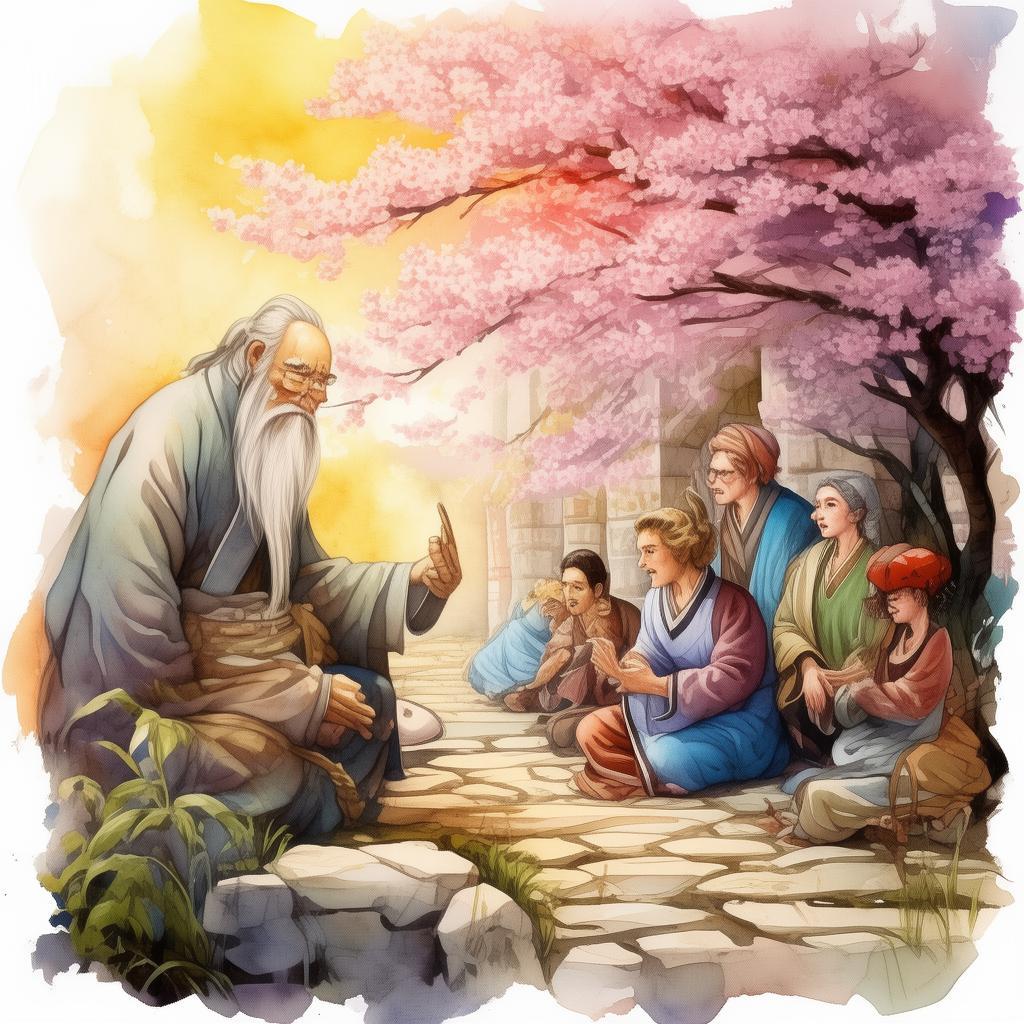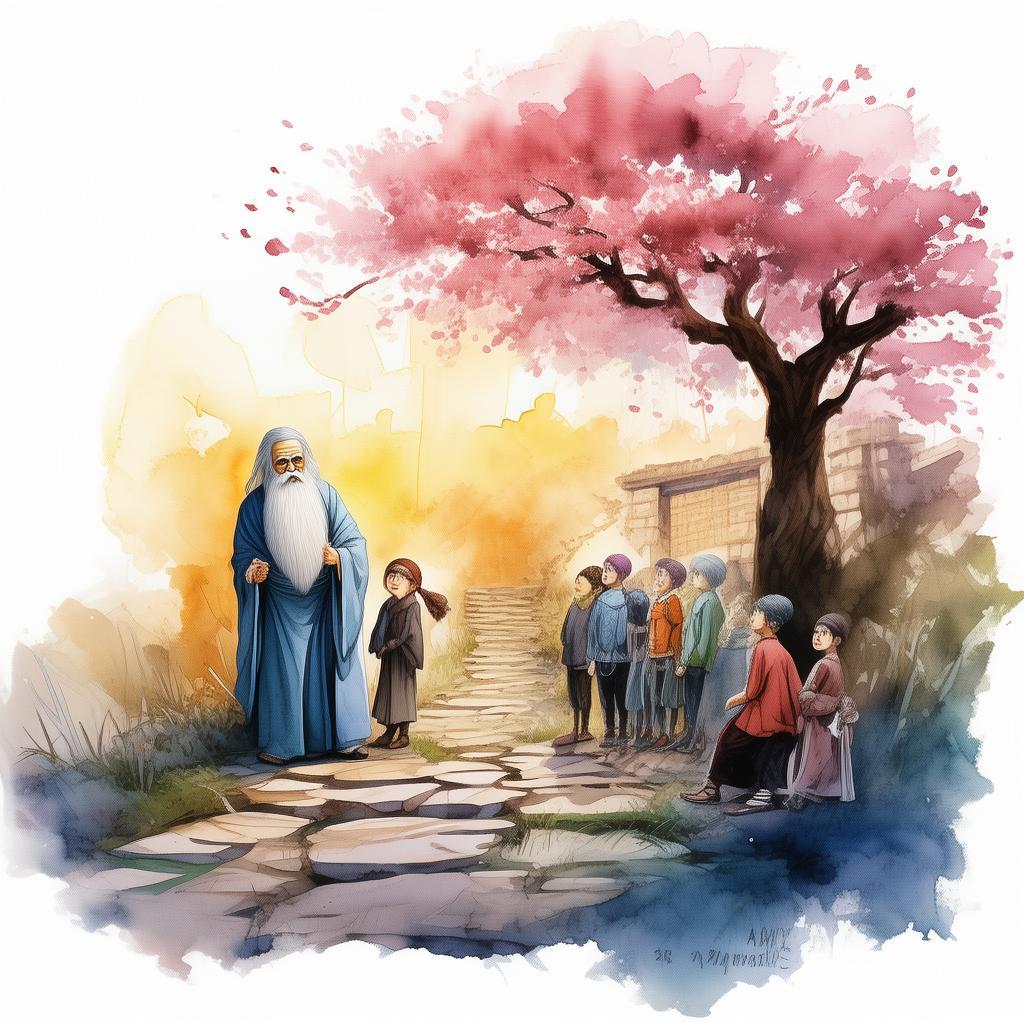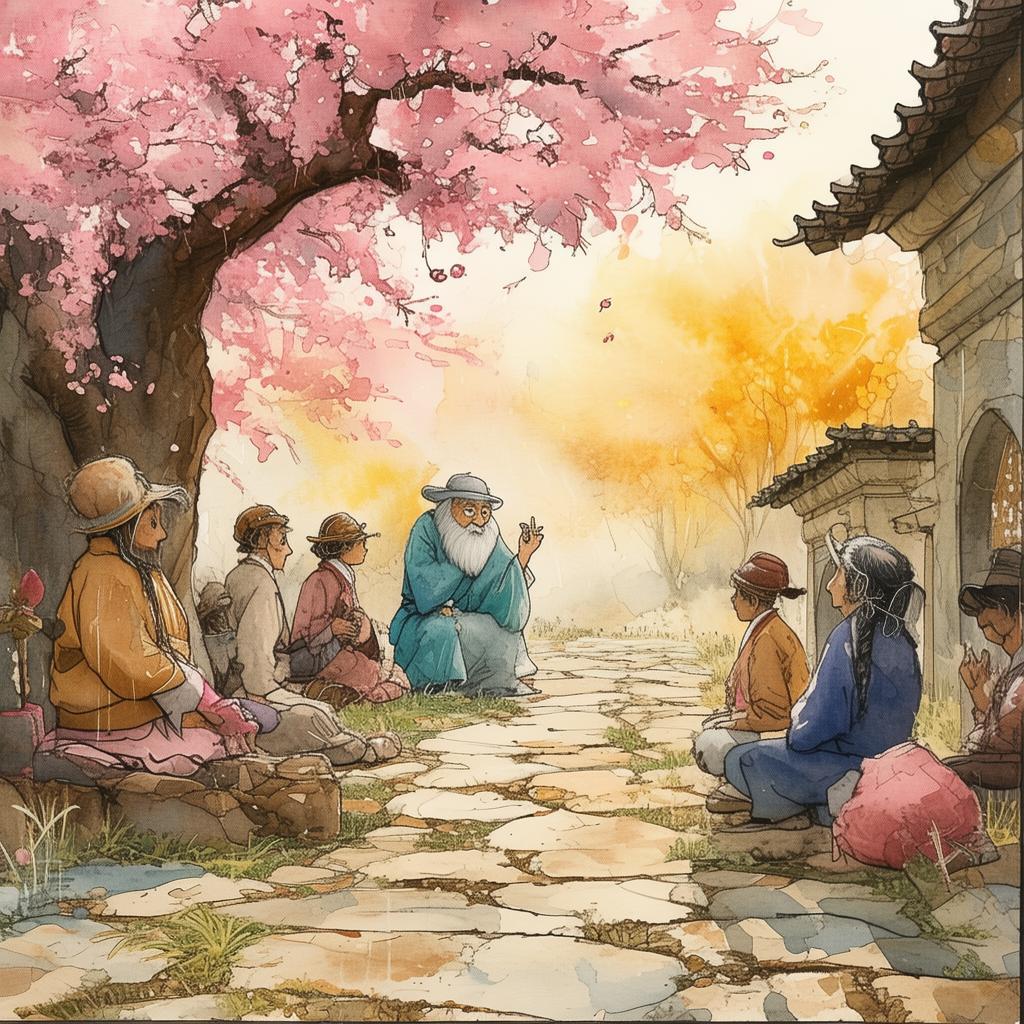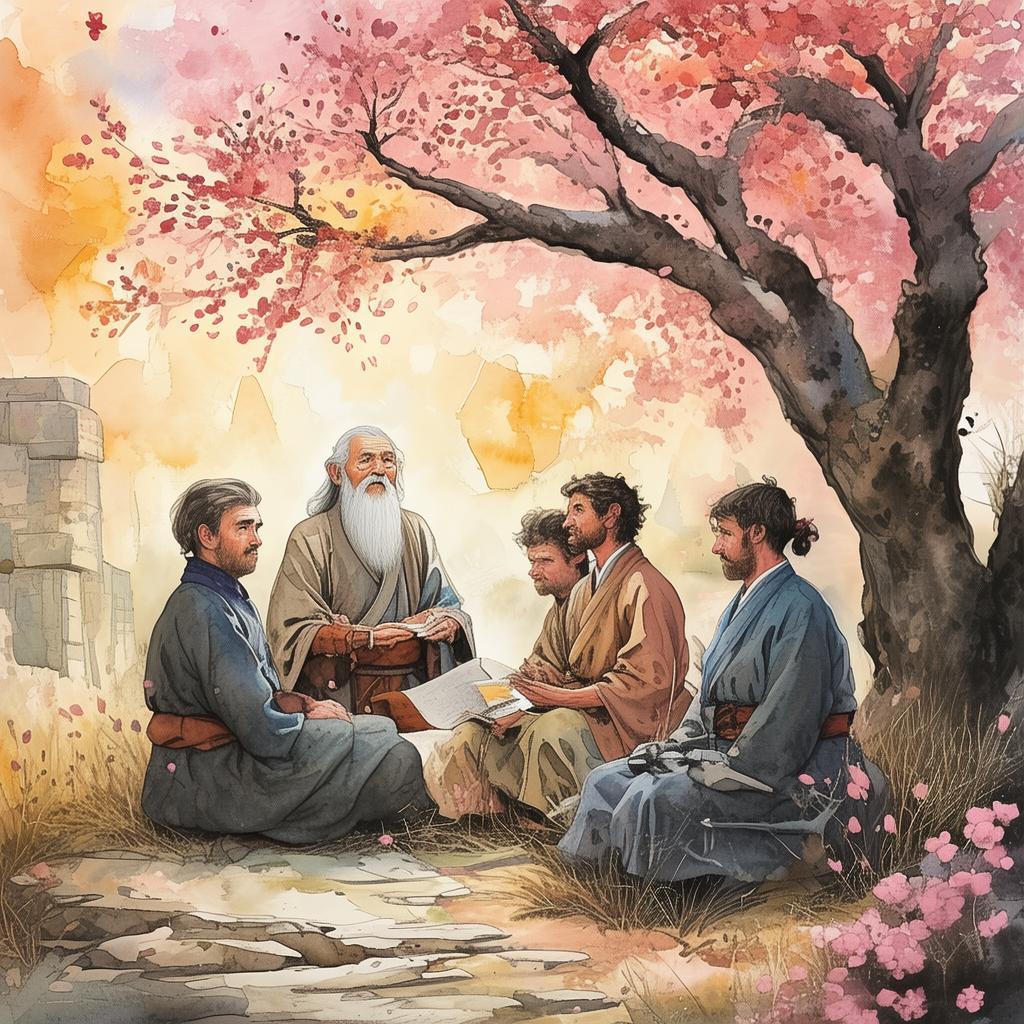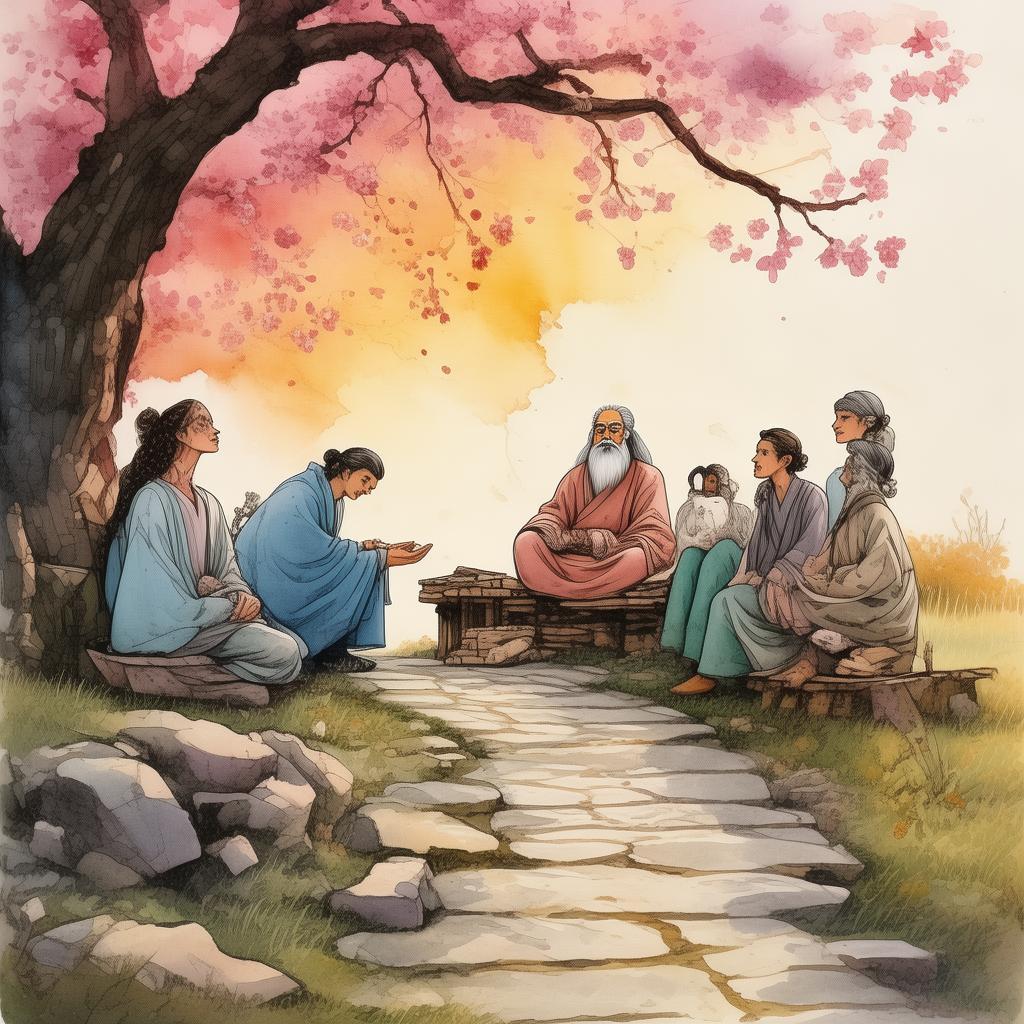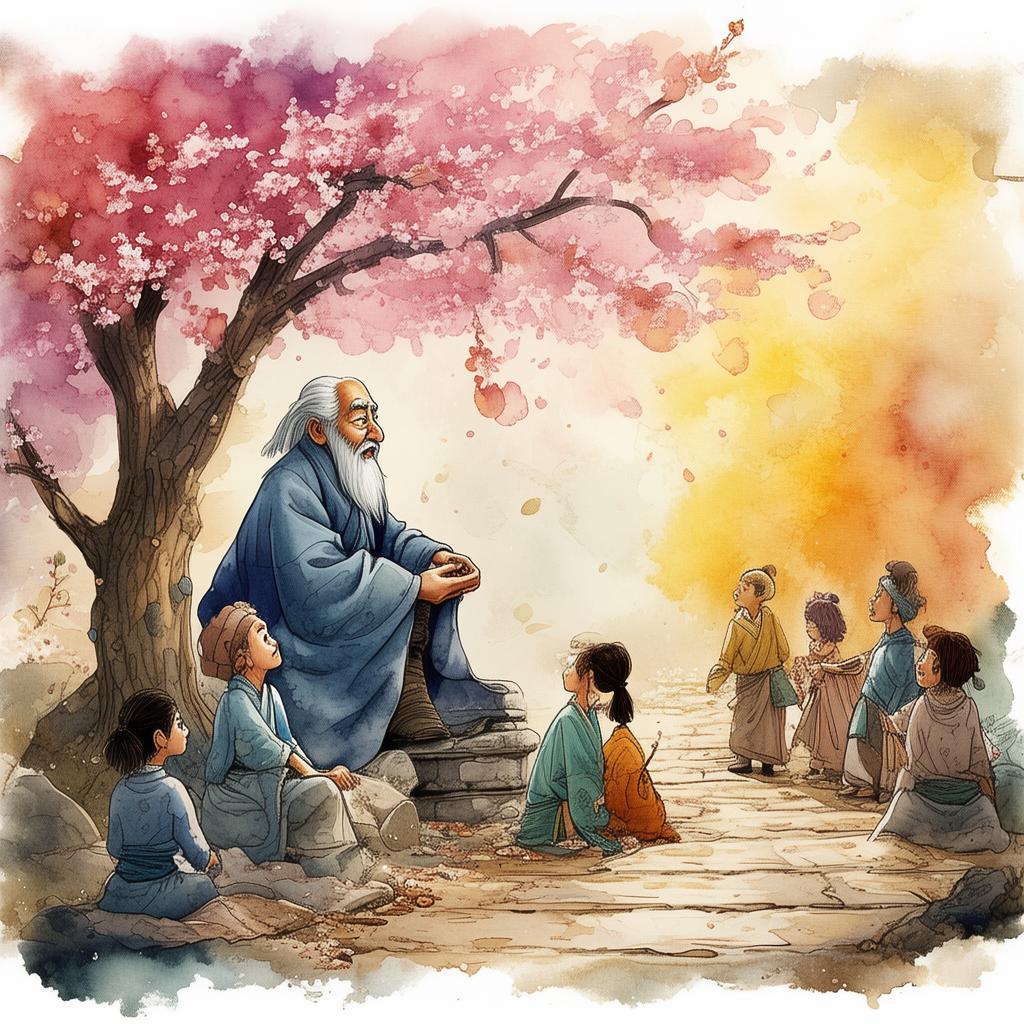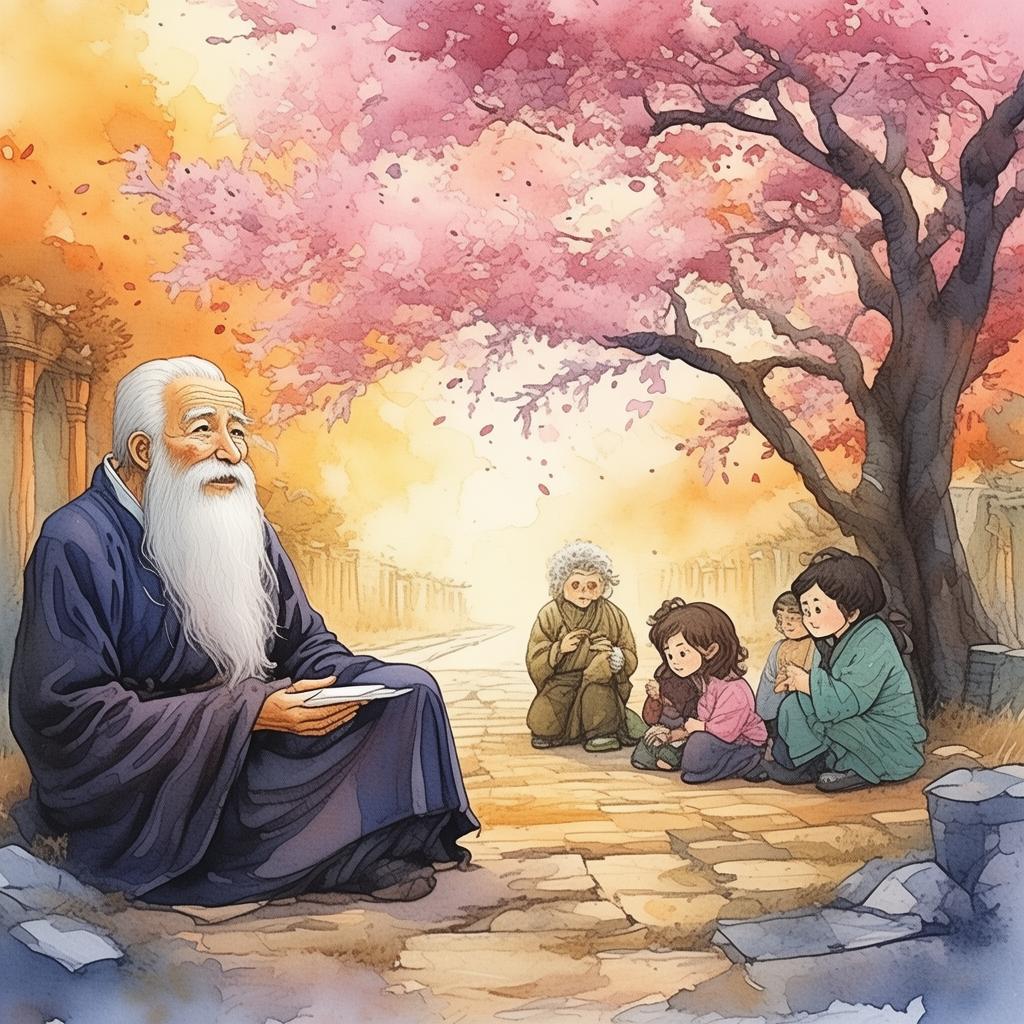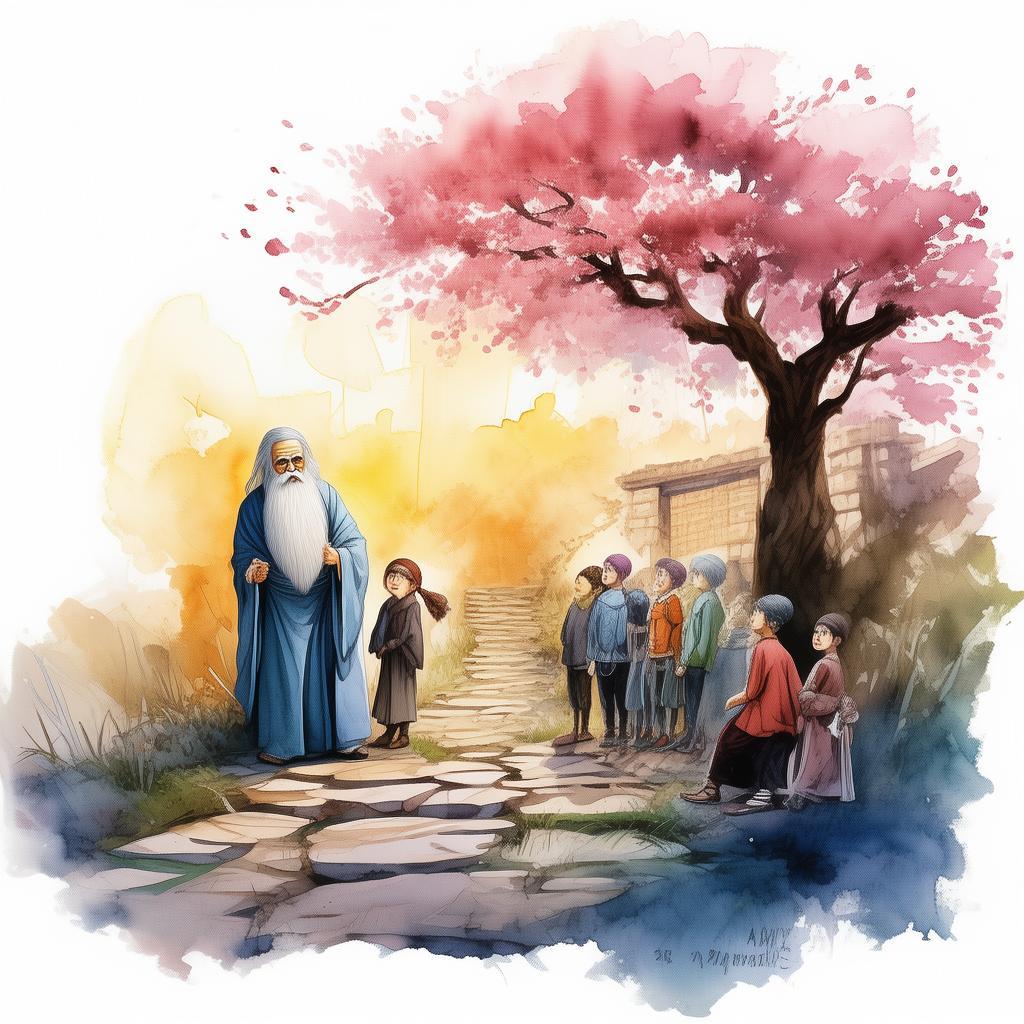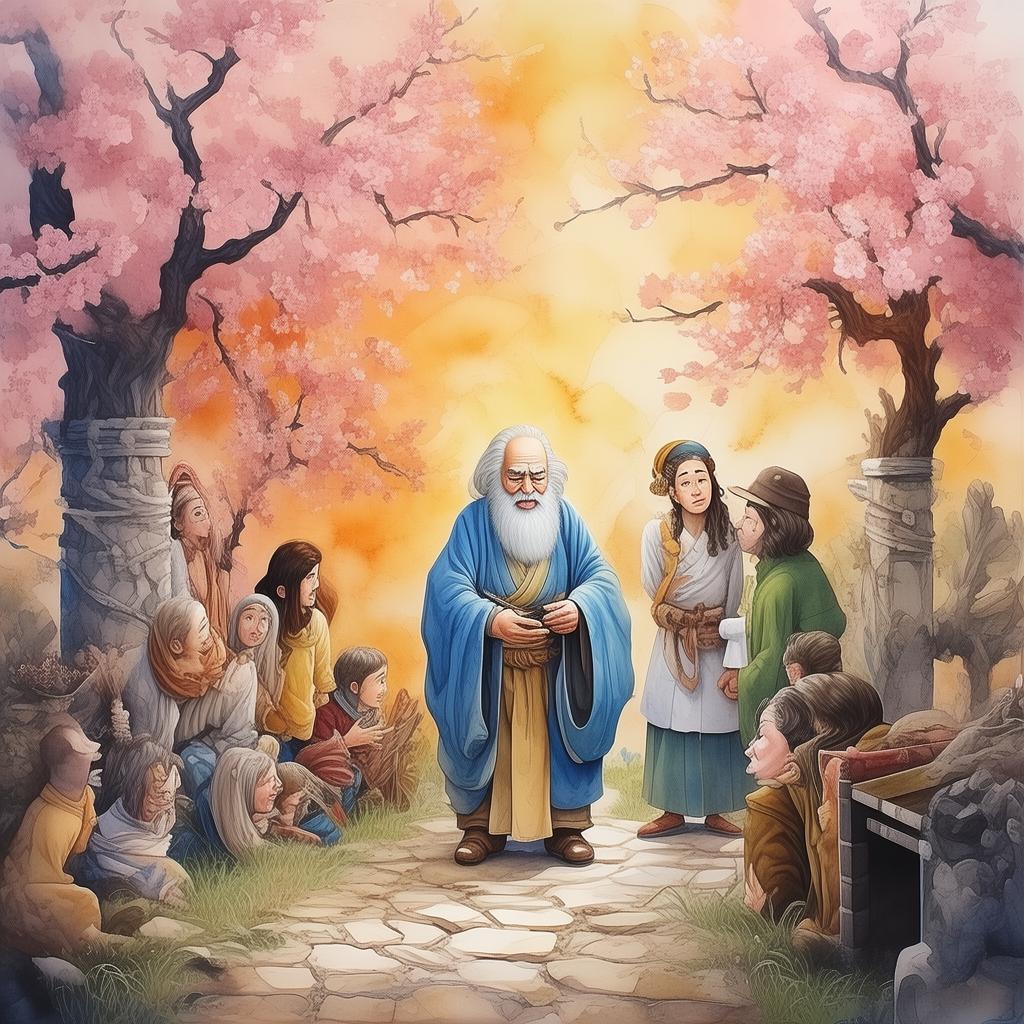The Echoes of the Past: A Futuristic Opera
In the year 2145, the world had transformed beyond recognition. Skyscrapers pierced the sky, and holographic displays adorned every surface. The arts had evolved, blending ancient traditions with cutting-edge technology. One of the most remarkable developments was the fusion of opera and virtual reality, creating an immersive experience like never before. The Echoes of the Past A Futuristic Opera was a testament to this innovation, a story told through the lens of virtual reality, captivating audiences worldwide.
Amara, a young and talented opera singer, had always been fascinated by the old-world charm of traditional operas. Her dreams of performing on the grand stage were realized when she was chosen to star in The Echoes of the Past A Futuristic Opera. The production was a collaboration between renowned composers, directors, and technologists, promising to revolutionize the way people experienced art.
As the opening night approached, Amara found herself lost in the intricate details of her character, Elara. Elara was a fictional figure, a tragic love story set in the distant past. Amara's voice, rich and powerful, was the perfect vessel for Elara's tale. Yet, there was something about Elara's story that felt all too familiar.
One evening, as Amara was practicing her part in the opera, she stumbled upon a hidden compartment in her dressing room. Inside, she found a small, ornate box. Curiosity piqued, she opened it to reveal a collection of old letters, photographs, and a journal. The contents were dated from the late 19th century, a time before the advent of virtual reality and opera.
The letters were addressed to a woman named Isabella, who lived in a quaint village. The photographs showed a young, beautiful woman with a striking resemblance to Amara. The journal detailed Isabella's life, her love for a man named Vincent, and their shared dream of performing in an opera that would change the world.
Intrigued, Amara delved deeper into Isabella's story. She discovered that Isabella and Vincent were part of a secret society dedicated to preserving the arts, using their talents to create a legacy that would outlive them. The opera they had envisioned was The Echoes of the Past, a work that would bridge the gap between the old and the new, a testament to the enduring power of love and art.
As Amara continued her research, she realized that the opera had never been performed. It had been lost to time, a victim of the world's relentless march forward. Yet, here she was, in the year 2145, about to bring Isabella and Vincent's dream to life.
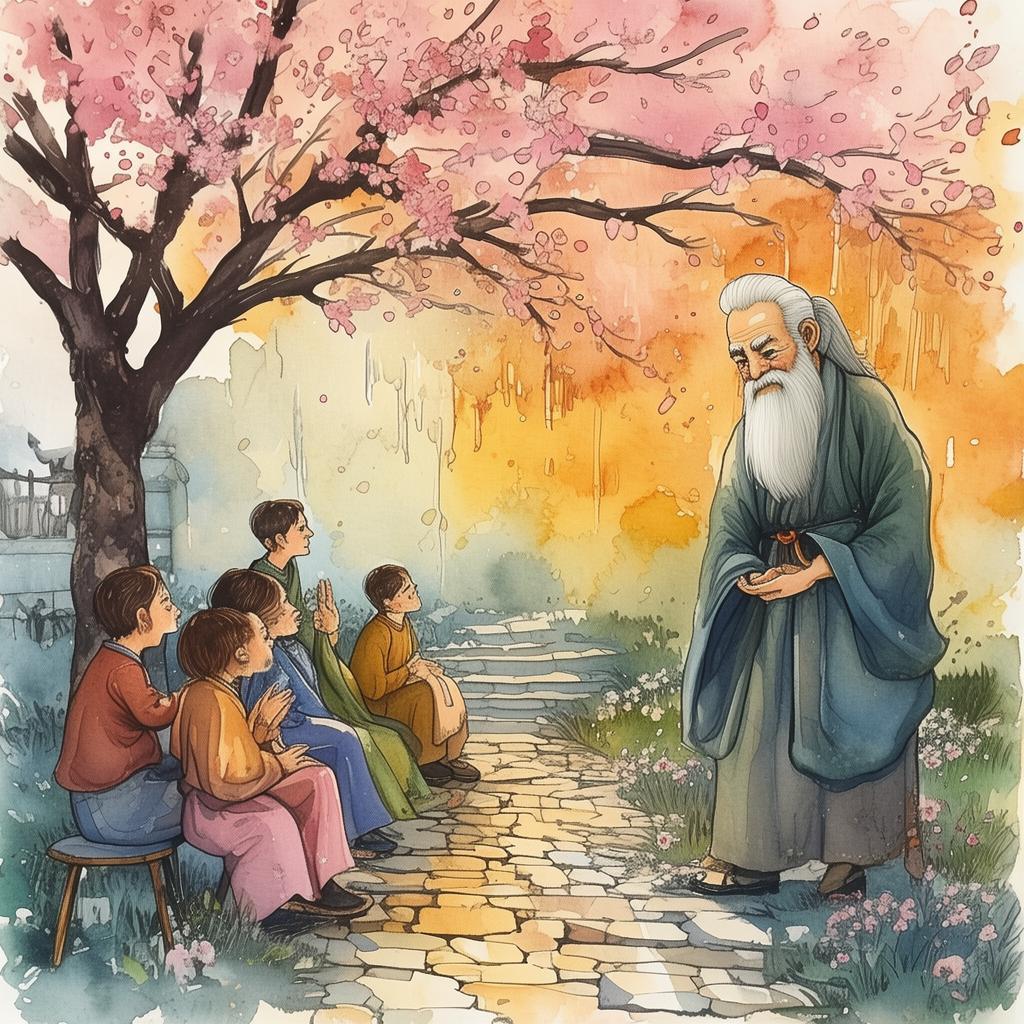
The night of the opening, Amara stepped onto the stage, her heart pounding with anticipation. The audience was captivated, their eyes fixated on the holographic projections that brought the story to life. As Elara, Amara sang with passion, her voice echoing through the virtual space.
Midway through the performance, something extraordinary happened. The holograms began to flicker, and Amara felt a strange connection to Isabella. She saw the young woman in her mind's eye, her eyes wide with wonder as she watched the opera unfold. In that moment, Amara knew that she was not just performing a story; she was a part of it.
The climax of the opera arrived, and Amara, with Isabella's spirit guiding her, delivered a performance that left the audience in awe. The final scene was a heart-wrenching goodbye, but it was not a farewell. It was a celebration of love, art, and the enduring power of dreams.
As the curtain fell, Amara felt a profound sense of connection to Isabella and Vincent. She realized that their legacy had not been lost to time; it had been passed down through generations, culminating in her own life.
In the days that followed, Amara continued to explore the connection between her and the past. She discovered that Isabella and Vincent had not only envisioned The Echoes of the Past but had also created a series of clues, hidden within the letters and photographs, that would lead to a final revelation.
Determined to uncover the truth, Amara followed the clues to a hidden chamber beneath the opera house. There, she found a holographic projection of Isabella and Vincent, their spirits ready to reveal their final secret.
"The opera you are performing," Isabella's voice echoed through the chamber, "is not just a story; it is a piece of our souls. Your voice, Amara, is the key to unlocking our dream. With it, we can bridge the gap between past and future, ensuring that our love and our art will never be forgotten."
Amara's eyes filled with tears as she understood the magnitude of her role. She was not just an opera singer; she was a guardian of the past, a bridge between worlds.
In the end, The Echoes of the Past A Futuristic Opera became more than a performance; it was a journey, a testament to the enduring power of love, art, and the human spirit. Amara, with Isabella and Vincent by her side, had become the keeper of their legacy, ensuring that the echoes of the past would continue to resonate in the future.
✨ Original Statement ✨
All articles published on this website (including but not limited to text, images, videos, and other content) are original or authorized for reposting and are protected by relevant laws. Without the explicit written permission of this website, no individual or organization may copy, modify, repost, or use the content for commercial purposes.
If you need to quote or cooperate, please contact this site for authorization. We reserve the right to pursue legal responsibility for any unauthorized use.
Hereby declared.
